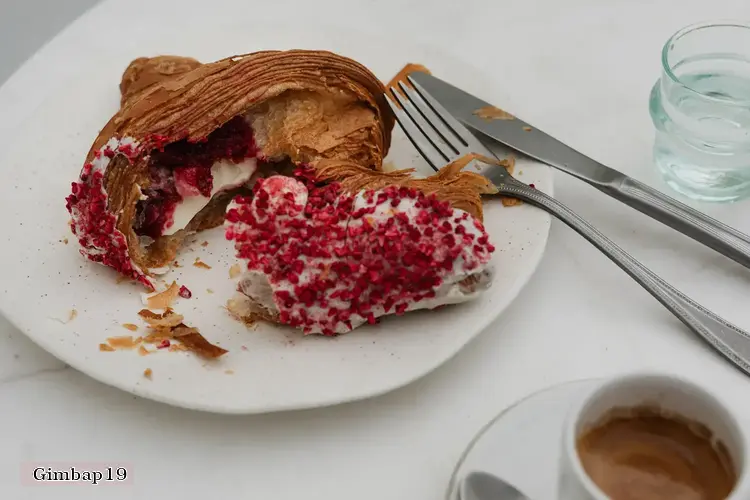

In the realm of Korean cuisine, gimbap stands as a culinary masterpiece, a harmonious blend of flavors and textures that captivates the senses. This beloved dish, also known as kimbap, is a cylindrical rice roll wrapped in dried seaweed, filled with a delectable array of ingredients.
Origins and History
Gimbap traces its roots back to the 19th century, when it was known as "bokssam." It was a simple dish consisting of rice, vegetables, and meat wrapped in perilla leaves. Over time, the perilla leaves were replaced by dried seaweed, and the dish evolved into the gimbap we know today.
Ingredients and Preparation
The core of gimbap is the rice, which is seasoned with sesame oil, salt, and sugar. The fillings vary widely, but common ingredients include:
To prepare gimbap, a sheet of dried seaweed is laid flat on a bamboo rolling mat. The seasoned rice is spread evenly over the seaweed, leaving a small border at the top. The fillings are arranged in a line along the bottom edge of the rice. Using the rolling mat as a guide, the gimbap is tightly rolled up, starting from the bottom and working towards the top. The roll is then sliced into bite-sized pieces.
Variations and Regional Differences
Gimbap is a versatile dish that can be customized to suit individual tastes. Some popular variations include:
Regional differences in gimbap also exist. In the southern region of Korea, gimbap is typically made with a thinner layer of rice and a wider variety of fillings. In the northern region, gimbap is often made with a thicker layer of rice and fewer fillings.
Cultural Significance
Gimbap holds a special place in Korean culture. It is a popular dish for picnics, parties, and gatherings. It is also a common lunchbox item for students and office workers. Gimbap is a symbol of Korean cuisine and is enjoyed by people of all ages.
Conclusion
Gimbap is a culinary delight that embodies the flavors and textures of Korean cuisine. Its versatility, deliciousness, and cultural significance make it a beloved dish that continues to captivate taste buds around the world. Whether you enjoy it as a quick snack or a festive meal, gimbap is a culinary experience that will leave you craving for more.
DISCLAIMER: This information is provided for general informational purposes only, and publication does not constitute an endorsement. Kwick365 does not warrant the accuracy or completeness of any information, text, graphics, links, or other items contained within this content. Kwick365 does not guarantee you will achieve any specific results if you follow any advice herein. It may be advisable for you to consult with a professional such as a lawyer, accountant, or business advisor for advice specific to your situation.
today
Copyright © 2025 KwickEAT.com
Designed by KwickPOS is the best restaurant POS